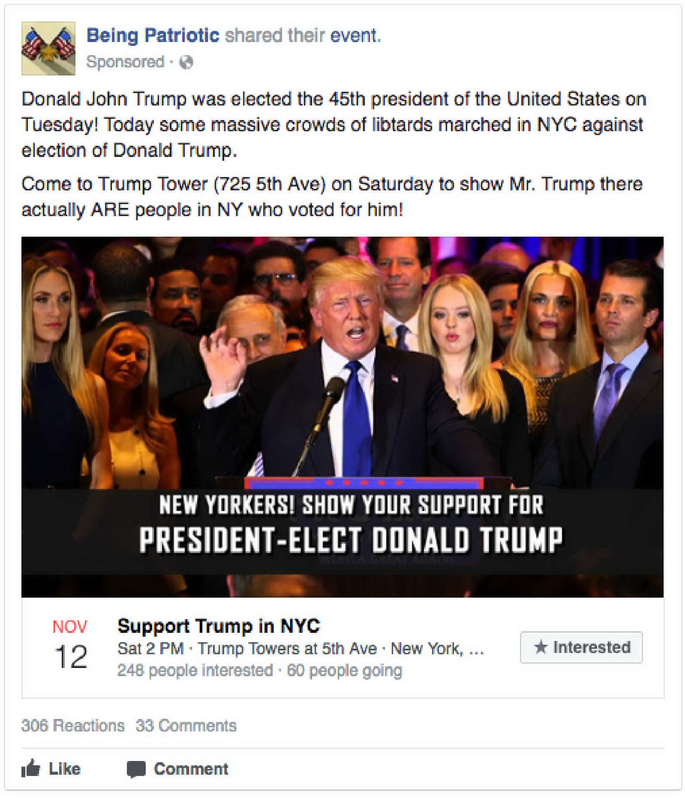| layout | title |
|---|---|
page |
Memes |
Many people who use the internet regularly are familiar with memes. Memes are oft-beloved jokes that circulate throughout the internet. The word also refers to image macros themselves--which you've probably seen on Facebook, if nowhere else.
There's a darker side to memes, though. Before the 2016 presidential election, presidential candidate Hillary Clinton publicized the years-old meme Pepe the Frog. Clinton described it as a previously harmless meme that had since been adopted by white supremacists.
As a part of internet culture, it's expected to see them throughout social media. And it's true: memes are shared by people who come from all walks of life, all over the internet. Leftists share memes about guillotining the rich while users from the far right share memes targeting women, people of color, and LGBT people.
What I noticed was that the ads purchased by the Internet Research Agency used some of the same techniques as the so-called "alt-right" in their disinformation campaign. Many of the ads invoked images of internet culture, including memes (both the funny kind, and image macros), references to vlogs and other forms of new media, and specifically targeting themselves at people interested in 9GAG, Reddit, and Imgur.
The word "meme" means a lot of different things depending on who you ask. To simplify things, I'll borrow Data & Society's definitions of the word.
Of the first definition, Alice Marwick and Rebecca Lewis of Data & Society write that:
An internet meme is “a piece of culture, typically a joke, which gains influence through online transmission.” Limor Shifman defines a meme as “cultural information that passes along from person to person, yet gradually scales into a shared social phenomenon.” While virtually anything can be a meme since it’s a unit of information, in modern internet parlance, a meme is a visual trope that proliferates across internet spaces as it is replicated and altered by anonymous users. (36)
Another definition includes any kind of image macro. Marwick and Lewis write that image macros:
are images that quickly convey humor or political thought, meant to be shared on social media. These images are strategically created as propaganda by alt-right users to spread elements of their ideology to normies (Figure 1, Figure 2). The constant creation of image macros allows anons to be agile and iterative, trying many messages and strategies, pursuing those that stick and abandoning unsuccessful tries. (36)
Some of the ads in the collection use the image macro format to their benefit. The memes aren’t cutting edge, and don’t spend much time trying to be funny. Instead, they focus on ideology. One example is:
This post uses the bright and saturated colors involved in many politically-polarized memes.
Many of these ads also use the language of internet conservatism. One ad uses the word “libtard," a word used on conservative parts of the web:
One references vlogs (video blogs), the centerpiece of YouTube:
Interestingly, some of the ads do not reference internet culture overtly, but instead use older style images and reference older American politicians, including this ad:
The disparity in technique between these posts does not indicate disorganization. Instead, it indicates that the Internet Research Agency knows the types of political memes already in existence on social media. The IRA also seems to understand that while some users prefer more digital designs, others are inspired by an older-appearing image of a young Boy Scout saluting Ronald Reagan (of course, with dog in tow).
The inclusion of internet culture in these ads indicates that the IRA was well aware that the internet was a particularly powerful way to influence people and spread propaganda. For more on the rhetoric of these ads, click here.



